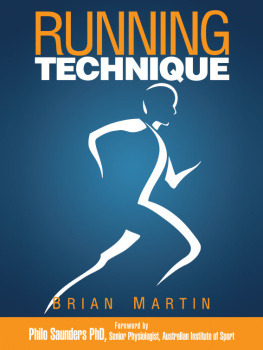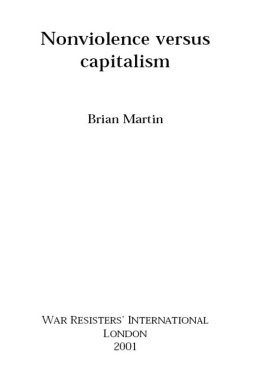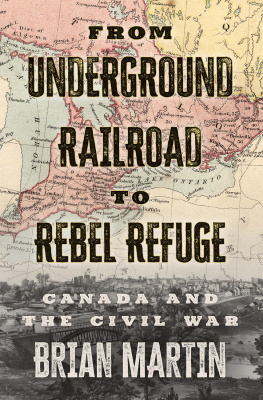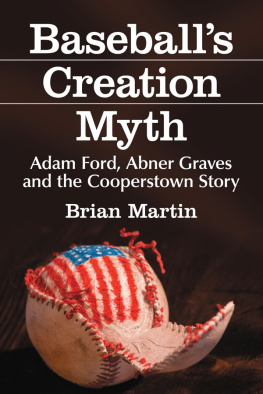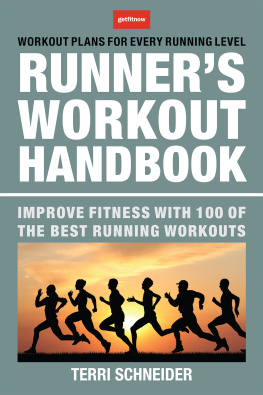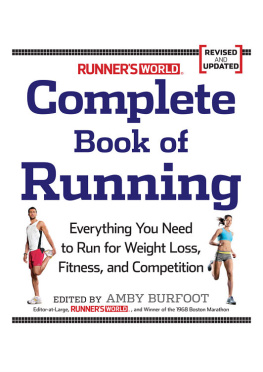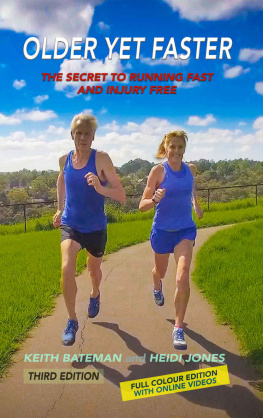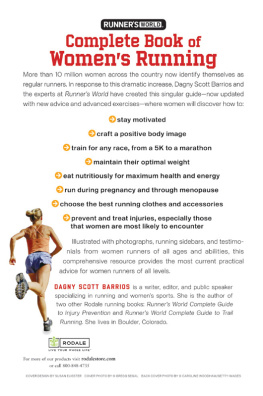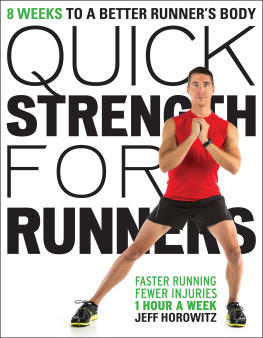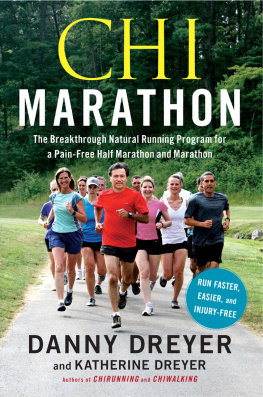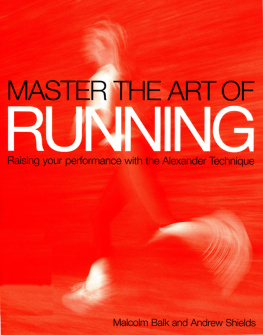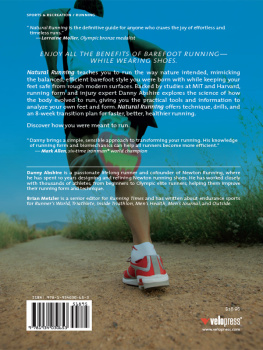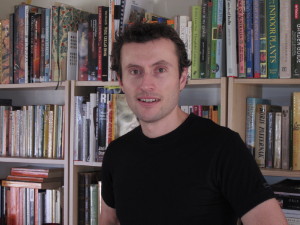Brian Martin - Running Technique
Here you can read online Brian Martin - Running Technique full text of the book (entire story) in english for free. Download pdf and epub, get meaning, cover and reviews about this ebook. year: 2011, publisher: Brian Martin, genre: Children. Description of the work, (preface) as well as reviews are available. Best literature library LitArk.com created for fans of good reading and offers a wide selection of genres:
Romance novel
Science fiction
Adventure
Detective
Science
History
Home and family
Prose
Art
Politics
Computer
Non-fiction
Religion
Business
Children
Humor
Choose a favorite category and find really read worthwhile books. Enjoy immersion in the world of imagination, feel the emotions of the characters or learn something new for yourself, make an fascinating discovery.
- Book:Running Technique
- Author:
- Publisher:Brian Martin
- Genre:
- Year:2011
- Rating:3 / 5
- Favourites:Add to favourites
- Your mark:
Running Technique: summary, description and annotation
We offer to read an annotation, description, summary or preface (depends on what the author of the book "Running Technique" wrote himself). If you haven't found the necessary information about the book — write in the comments, we will try to find it.
With so much focus on getting big miles into your legs its easy to overlook the importance of developing the strength and coordination necessary to run with good technique. This book helps beginner runners learn the basics of good technique and explains how running better will help prevent injuries as you train towards your goals. Experienced runners can use the book to evaluate their technique and develop new strategies to enhance performance and avoid injury. Finally, coaches can use the book to help assess how well their runners are moving.
With foreword by Philo Saunders PhD, Senior Physiologist, Australian Institute of Sport: When Brian asked me to write the foreword to his book I agreed instantly as it covers a critical aspect of successful running. This book is easy to read and based on sound scientific research. It provides practical advice on how to improve technique for runners of all abilities and will be a valuable resource for distance runners.
Using simple explanations of how the best runners move, Running Technique takes the reader through a discussion of what good running technique looks like and explains the underlying muscle activation patterns and postures that drive good technique. Runners are shown how to recognize technical weaknesses that can lead to common injuries and a guide on doing your own gait analysis gives you a head-start on assessing whether changing or improving your running technique is necessary.
The book then provides a sound framework for runners to gradually improve their technique by explaining how training for strength, coordination and technique gives you a greater chance of avoiding injury and achieving consistently better performance levels. The direct relationship between strength training and running technique becomes clear as the book explains why this type of training enables any runner to start developing efficient muscle activation patterns to run with better technique.
Running Technique takes the reader through a number of simple exercises and muscle activation drills that can be done anywhere without gym equipment. Each exercise is explained so you know which muscles to activate during each phase of the movement and how this relates to running. The book also provides a framework for assessing the usefulness of any strength exercise in relation to improving running technique.
This book does not promise a direct or easy path to perfect running technique, but rather provides a practical methodology for moving through distinct phases of improvement and skill as a runner. This allows runners to step into the training framework in a way that is appropriate for their experience and ability. The first phase involves learning to activate the correct muscles at the right time, the second to stabilize and strengthen the hips - the engine room of good running technique. Finally, for more advanced athletes, there are suggestions for fine tuning technique and training for power and speed.
The book includes a chapter about running shoes and barefoot running and shows why wearing minimalist shoes or going barefoot provides a useful stimulus for improving technique but is not an end in itself. Running Technique explains that gradual evolution towards minimal shoes and barefoot running should only be attempted once the muscle activation patterns to run with good technique and have been established. There is also information on selecting the right type of shoes for your running technique.
Finally, the book details how popular training approaches can be modified so they are more forgiving on runners with imperfect mechanics and how training smarter can help you avoid injury. Running Technique brings together three ideas that...
Brian Martin: author's other books
Who wrote Running Technique? Find out the surname, the name of the author of the book and a list of all author's works by series.

